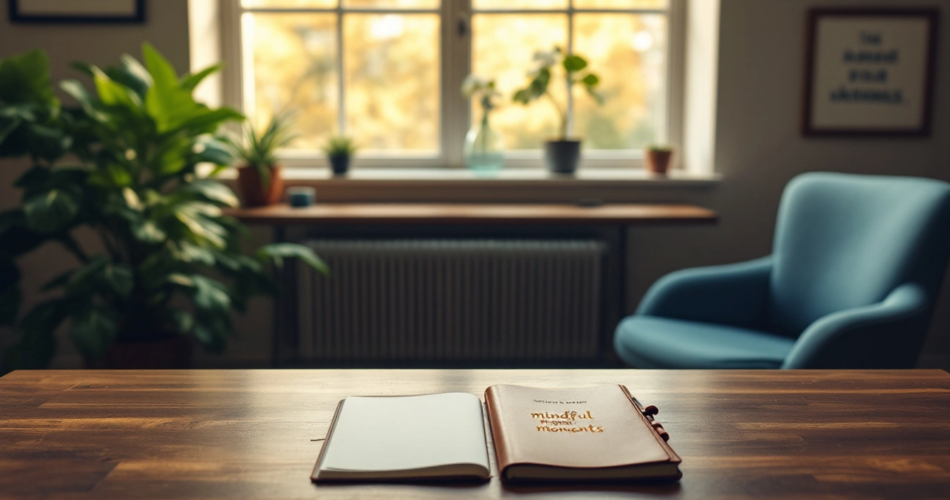In today’s digitally driven world, work has become synonymous with long hours in front of screens, constant notifications, and an “always-on” mentality. While technology enhances productivity, it can also lead to mental fatigue, diminished focus, and, ultimately, brain drain. For professionals, finding a balance is more critical than ever. This is where implementing effective digital detox strategies for work can make a significant difference. By reclaiming control over your tech usage, you can boost productivity, reduce stress, and maintain mental clarity. In this article, we’ll explore actionable tips and tools to help you escape the digital trap and thrive in your professional life.
Table of Contents
- What is a Digital Detox for Work?
- Why Digital Detox Strategies for Work Are Crucial
- Practical Digital Detox Strategies for Work
- Tools and Technology That Support a Digital Detox
- Building Sustainable Digital Habits
- FAQs About Digital Detox Strategies for Work
What is a Digital Detox for Work?
A digital detox for work refers to intentionally limiting your use of digital devices—like computers, smartphones, and tablets—during work hours or after work. Unlike a complete digital disconnect, this approach focuses on using technology purposefully without letting it control your time. Digital detoxing in a professional context allows employees to recharge, regain focus, and maintain healthier boundaries between work and personal life.
If you’re experiencing screen fatigue, difficulty concentrating, or a growing sense of burnout, those are clear signs that you may need a digital detox. Recognizing these symptoms early can help you regain control of your productivity and well-being.
Why Digital Detox Strategies for Work Are Crucial
The Impact of Constant Connectivity
Our reliance on always being connected to work—emails, Zoom calls, and instant messages—comes at a cost. Studies show that excessive screen time can reduce productivity, increase stress, and lead to issues like sleep disturbances. Disconnecting periodically from digital platforms enables employees to concentrate more deeply and avoid decision fatigue.
The Role of a Healthy Work-Life Balance
Boundaries are essential for mental and physical health. Adopting digital detox strategies for work helps create structure in your day, encouraging better work-life balance. Over time, these practices lead to reduced stress, heightened creativity, and improved focus.
Practical Digital Detox Strategies for Work
Set Boundaries with Technology
One of the most effective ways to begin your digital detox is by establishing clear technological boundaries. Define specific start and end times for work and avoid after-hours emails or calls. Leverage the “Do Not Disturb” feature on your devices to minimize distractions during focus hours.
Schedule Tech-Free Breaks
Taking regular breaks away from screens is essential for both mental and physical health. For example, the Pomodoro Technique, which emphasizes short breaks after focused work intervals, has been shown to boost productivity. Step outside, stretch, or rest your eyes during these moments of detachment.
Unplug for Creativity and Problem Solving
Offline activities, such as brainstorming on physical paper or walking outdoors, can help stimulate creativity and provide fresh perspectives. These breaks also reduce the strain of constant screen usage and increase problem-solving abilities.
Tools and Technology That Support a Digital Detox
Time-Management Apps
Apps like Focus@Will or Forest are great for structured focus sessions. These tools encourage you to stay on task by tracking your time and limiting distractions, helping you build consistent habits.
Software for Limiting Screen Time
Programs such as OFFTIME or browser extensions like StayFocusd can restrict access to non-essential apps and websites, helping you avoid slipping into unproductive habits during work hours.
Blue-Light Filters and Screen Adjustments
Reducing eye strain is another important step in your digital detox. Tools like F.lux or your device’s Night Shift mode can adjust screen lighting to minimize blue light exposure, ensuring you remain comfortable during required screen time.
Building Sustainable Digital Habits
Creating a Long-Term Plan
Lasting change doesn’t happen overnight. Start small by implementing one habit at a time, like designating an hour each day as tech-free. Gradually expand this routine to ensure that it aligns with your work and lifestyle demands.
Workplace Encouragement
Encourage your organization to implement tech-free initiatives, such as “no-laptop meetings” or team-wide digital detox days. These practices foster a culture of balance and assist everyone in prioritizing wellness.
Accountability Partners
Having a colleague or friend join your detox journey ensures consistent progress. Support each other by sharing experiences and setting digital boundaries together.
Frequently Asked Questions
What are the benefits of using digital detox strategies for work?
Digital detoxing enhances focus, reduces stress, improves mental clarity, and promotes a healthier work-life balance. These benefits directly contribute to greater personal and professional satisfaction.
How can I start a digital detox without impacting my work performance?
Begin by making small changes. For instance, reduce tech usage only during your breaks or after work hours to maintain productivity while setting boundaries.
Are there any specific tools that can help me implement a digital detox at work?
Yes, tools like Focus@Will, OFFTIME, and blue-light filters can assist significantly. Check out more details in the “Tools and Technology” section above.
Why is screen fatigue a sign that I need a digital detox?
Screen fatigue often indicates excessive screen time that affects your productivity, sleep quality, and mental clarity. Digital detoxing reduces strain and helps you recover.
Can digital detox strategies for work boost my creativity?
Absolutely. Offline activities like sketching ideas on paper or taking walks give your brain a break from overstimulation, leaving room for creative thought.
Conclusion
In a fast-paced digital world, developing and consistently practicing digital detox strategies for work is essential to avoid brain drain and burnout. By setting boundaries, taking breaks, and leveraging tools to support your goals, you can improve your focus, mental clarity, and overall job satisfaction. Implement these tips today and encourage your colleagues to join you on this journey toward a healthier, more balanced work environment. Share your digital detox experience with others to inspire them to take similar steps toward well-being!


